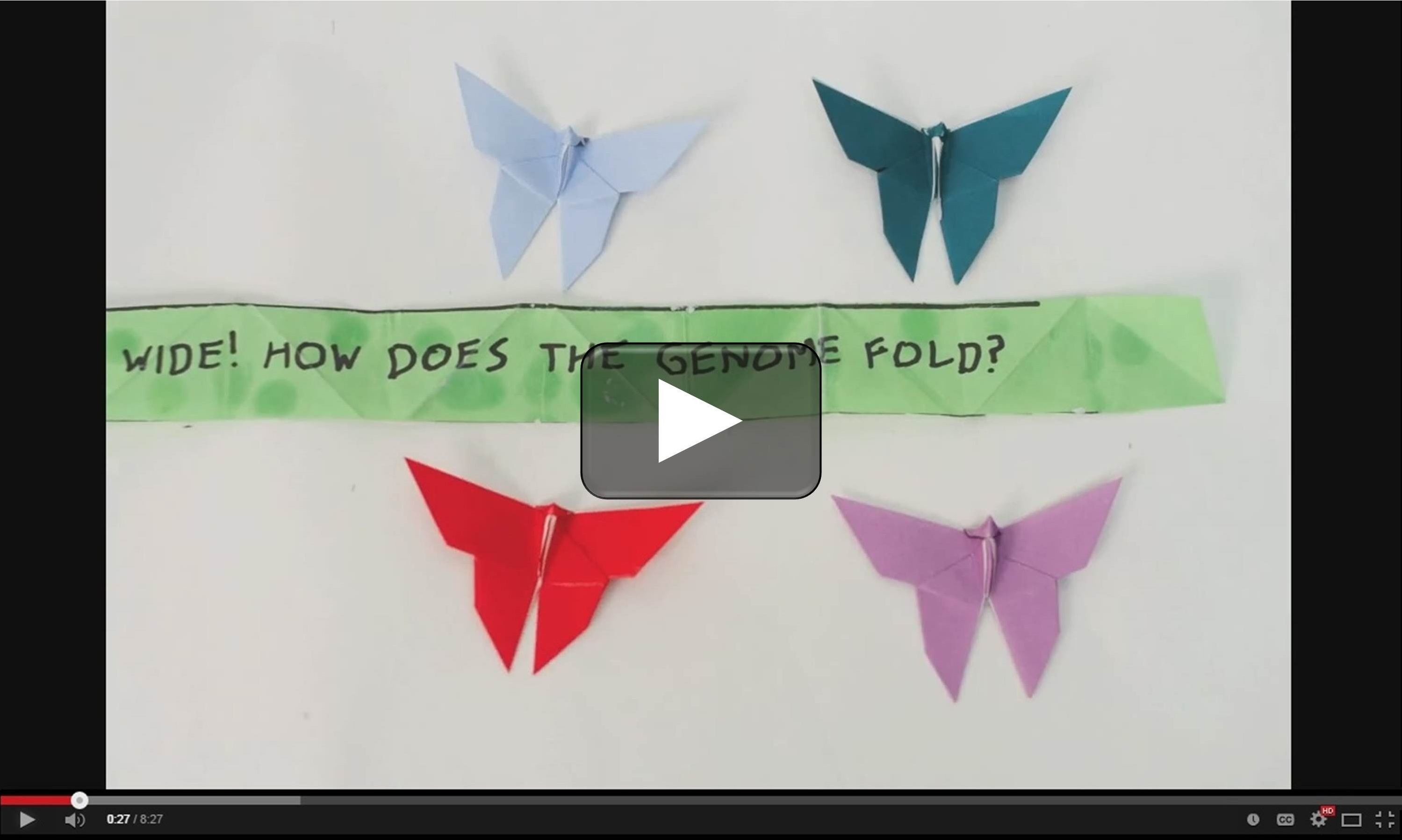PECASE
From Juggling to Biomechanics
Posted on by Dr. Francis Collins
For any aspiring juggler, the path to greatness requires mastering the dreaded “five-club backcross.” It’s a move that begins by juggling five clubs in front of your body and transitions to doing the same thing behind your back! Dr. Noah Cowan has nailed it once, and vows to do it again one day.
But this NIH-funded neuroscientist and bioengineer, who directs the Locomotion in Mechanical and Biological Systems (LIMBS) Laboratory at Johns Hopkins University’s Whiting School of Engineering in Baltimore, doesn’t have much time to practice his juggling these days. Instead, he is focusing on ways to use virtual juggling, such as the ball-and-paddle system shown in the video above, to explore the biomechanics of motion. His ultimate goal? To apply what he’s learned to advance the fields of robotics, prosthetics development, and physical therapy.
Cool Videos: Know When to Fold Them
Posted on by Dr. Francis Collins
As most of you probably know, the human genome—our genetic instruction book—contains about 3 billion base pairs of DNA. But here’s a less well-known fact: if you would take the DNA from the nucleus of just one human cell and stretch it end-to-end, it would measure about 6 1/2 feet. How can a molecule of that length be packed into a cell nucleus that measures less than .00024 of an inch? Well, this fun video, which accompanies exciting new findings published in the journal Cell, serves to answer that fundamental question.
I’m proud to say that NIH helped to support the highly creative team of researchers that, over the course of the past five years, have mapped with unprecedented detail and precision how the human genome folds inside the cell’s nucleus. Among the many things they’ve learned is that, in much the same way that origami artists can craft a vast array of paper creatures using two simple folds, the genome is able to work its biological magic with just a few basic folds—including the all-important 3D loop

